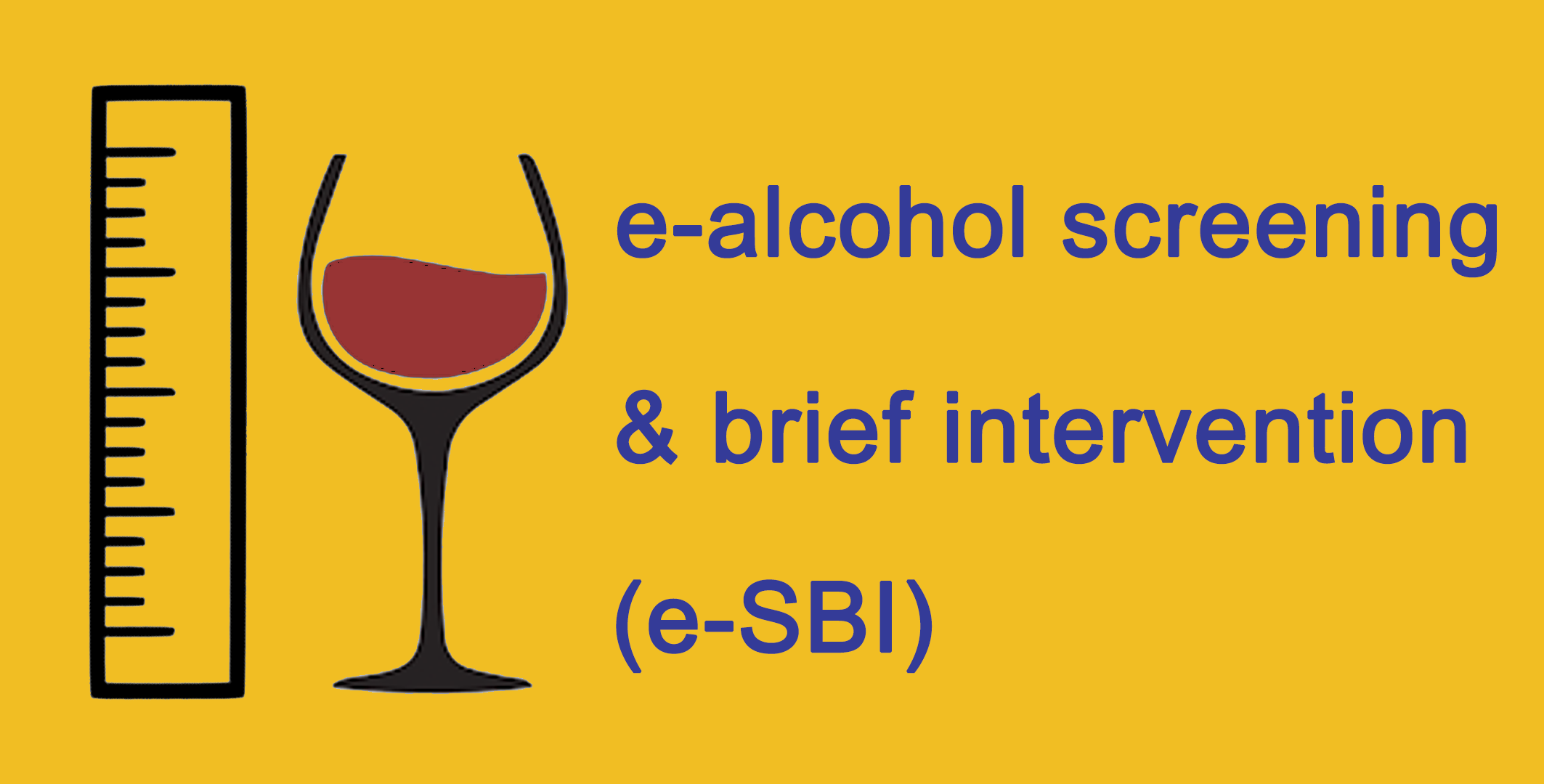NCD Watch
Unintentional Injuries: An Overview
28 Feb 2022 (Mon)

Injuries are one of the leading causes of sufferings and mortality in Hong Kong. The Department of Health (DH) conducted the Unintentional Injury Survey in 2018 and estimated that 4.4% of Hong Kong’s population (4.7% for males; 4.2% for females) sustained at least one episode of unintentional injuries that was serious enough to limit their normal activities in the 12 months before enumeration. Among all the estimated unintentional injury episodes, the most common main causes were falls (39.4%), sprain (26.2%) and being struck (13.3%). By place of occurrence, the home (27.7%) was the primary place where people get injured. In 2020, there were 916 registered deaths attributed to unintentional injuries, including 289 deaths (31.6%) due to falls, 148 deaths (16.2%) because of unintentional poisoning, and 139 deaths (15.2%) owing to land transport accidents.
Unintentional injuries are neither “accidents” nor simply the result of “bad luck”. They have identifiable causes (such as falls, hit/struck, cutting/piercing, fire/burns, accidental poisonings or drowning that may occur at home or school, work or leisure), which are predictable and exhibit repetitive patterns. Factors associated with an increased risk of unintentional injuries include risky behaviours (such as alcohol drinking), environmental hazards (such as clutters and poor lighting), health conditions (such as underlying chronic diseases), etc. Therefore, they are largely preventable through proper safety precautions or adoption of proven control measures.
To reduce the risk of unintentional injuries, the general public are advised to:
- Always stay alert even at home, which is the most common place of injury episodes;
- Assess environmental potential hazards and modify the environment to prevent injury, such as ensuring adequate lighting, removing objects on the ground and always keep the walkways clear, repairing broken or uneven walking surface and using anti-slip mats to reduce the risk of falls;
- Avoid physical over-exertion during exercise so as to reduce the risk of sports-related injuries;
- Follow a healthy lifestyle, and avoid drinking since it will increase the risk of injury;
- Do regular physical activities to strengthen muscles and coordination to prevent injury, in particularly falls among the elderly;
- Seek advice from family doctor or healthcare professional when having chronic health conditions or functional disabilities; and
- Provide visit and social support to persons living alone.
Prevention of injuries is a community-wide responsibility. Every individual can take practical steps to avoid injuries and make Hong Kong a safer and healthier place to live, work and play!
Source: NCD Watch February 2022This link will open in a new window






































